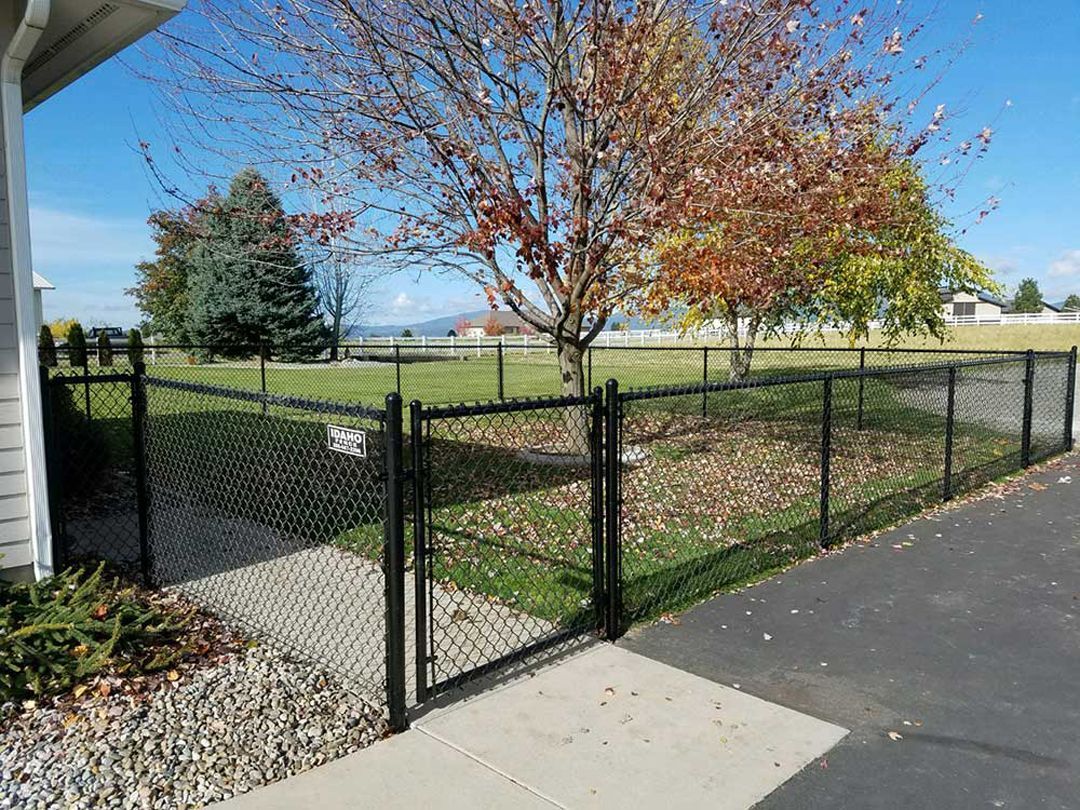Fence upkeep doesn’t always require expert help. With the proper tools and a little know-how, you can manage many standard issues yourself and save on repair costs. Here’s a simple guide to DIY fence care.
What You Need to Maintain Your Fence Yourself
Before diving into fence maintenance, make sure you have the right tools on hand. Here's a list of essentials for most DIY fence care projects:
- Hammer – Ideal for fixing loose nails or damaged boards
- Screwdriver – Great for tightening screws in wooden or metal fences.
- Post Level – Use a post level to guarantee your fence posts are perfectly aligned.
- Paint or Stain – Protects wooden fences from weathering and enhances longevity
- Wire Cutters – Handy for trimming wire fences or cutting back overgrown plants
How to Tackle Common Fence Problems
Fixing a Loose Board
If you notice a loose or damaged board, fixing it is relatively simple:
- Remove any loose nails or screws using a hammer or screwdriver.
- Align the board with the fence and secure it with new screws or nails.
- If needed, reinforce the board with a corner bracket or additional support.
How to Stain and Seal Wooden Fences
To protect your wooden fence and maintain its appearance, staining or sealing is essential:
- Clean the fence thoroughly, removing dirt, debris, and any mildew.
- Choose a suitable stain or sealant for outdoor use.
- Evenly apply the stain with a brush or sprayer, working from top to bottom.
- Ensure the fence dries completely before you put it back to use.
How to Know When to Call in a Pro
Not every fence issue can be fixed with a DIY approach. While minor repairs like tightening screws or replacing boards are manageable, more complex problems may require a professional's expertise:
- Major structural issues, like leaning posts or a sagging fence.
- Electric or high-security fences that require specialized knowledge.
- When weather damage compromises the fence’s structure, it’s best to get professional assistance.
If you’re not sure if you can handle a repair, it’s always safer to contact a professional. This can prevent costly mistakes and frustration.
